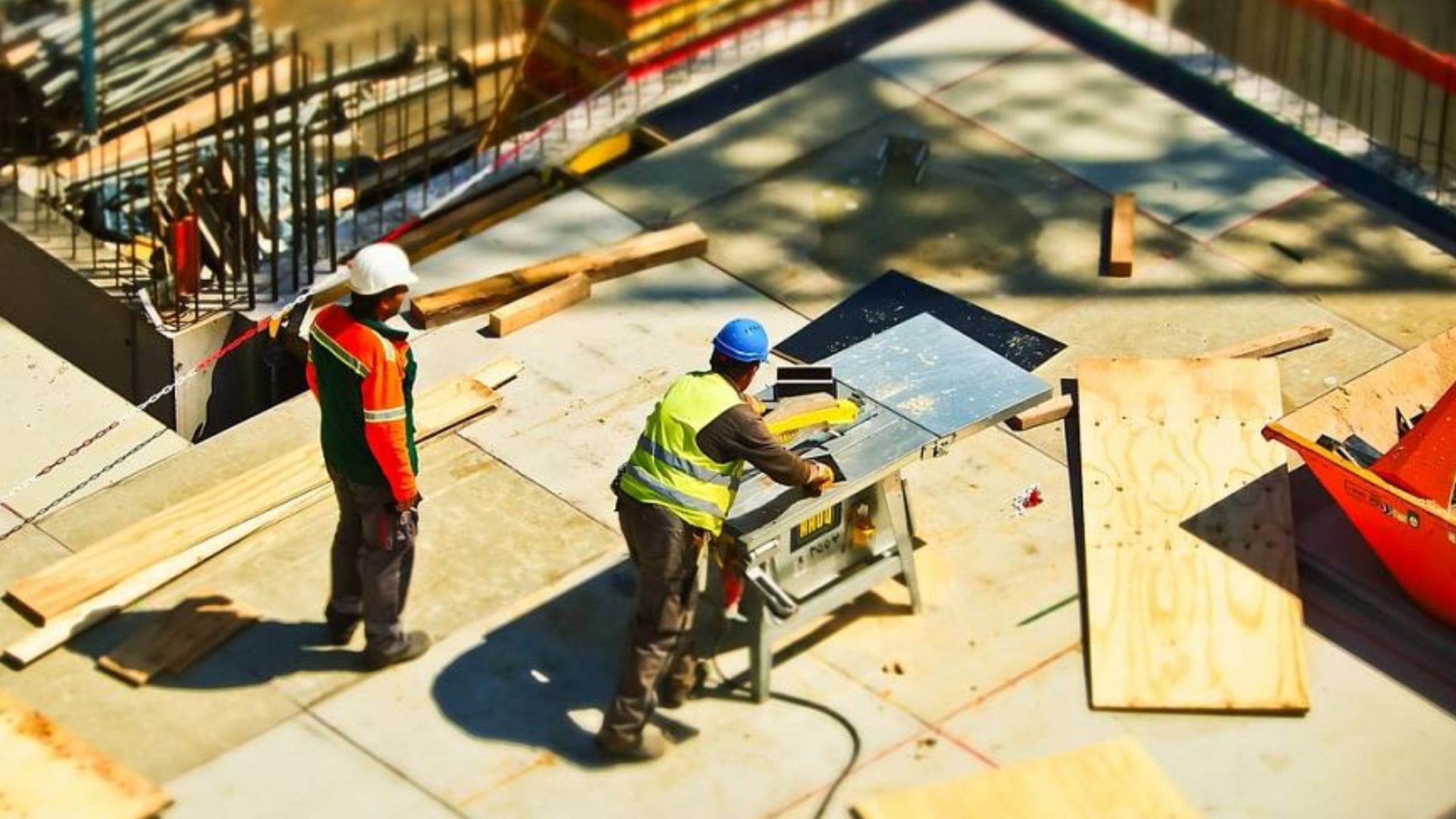The Pandemic's Work Revolution: Construction Industry Adapts for Success
- Romania | 20 July 2021

The global pandemic catalyzed an unprecedented experiment in hybrid work, and the results have been remarkably positive. It triggered a profound shift in corporate mindset, placing the well-being of employees at the forefront of the labor market, potentially paving the way for a more diverse workforce. Industries, including construction, renowned for their adaptability, swiftly implemented continuity strategies. This agility not only positioned construction companies favorably during the pandemic but also underscored their pivotal role in society, rendering the industry more accessible and appealing to a broader spectrum of prospective employees. In this present business climate, companies that confront current challenges head-on by developing and embracing new processes and capabilities to safeguard their workers, while navigating government regulations and maintaining robust customer and supplier relationships, stand to emerge stronger.
Diversification is set to become increasingly crucial for the construction sector. Contractors are exploring opportunities to diversify into various industry sub-sectors, especially in the wake of the office sector’s slowdown and the harsh impact endured by retail, leisure, and hospitality. Digitalization remains a strategic cornerstone for most entrepreneurs, as they strive for heightened productivity. Many companies have initiated specialized task forces to scrutinize the effects of COVID-19 on their operations and have introduced innovative work methodologies.
Construction Materials – Facing Soaring Prices
In the initial months of the pandemic, entrepreneurs grappled with shortages of fundamental materials such as sand, cement, and bricks, compounded by labor scarcities. Prices for construction materials soared to historic highs. Notable price hikes include a staggering 94% surge in copper, an astounding 250% increase in timber prices, over 50% in aluminum costs, 120% for steel, a 15% uptick in cement prices, a 20-25% rise in brick prices, approximately 30% for iron, and a 10% uptrend in paint prices. These surges are striking for two primary reasons: as the pandemic unfolded, production capacities were curtailed, but the rebound exceeded expectations, causing producers to struggle to keep up. Romania, in particular, has felt the brunt of this impact as most materials are imported. Consequently, the pandemic’s ripple effect is only now rippling through the construction sector, necessitating preparation for challenging times ahead, especially in terms of costs. Exchange rate volatility between RON-EUR or RON-USD could further exacerbate price hikes for imported materials. Furthermore, the increase in the minimum wage has led to a 25-30% escalation in labor expenses.
This confluence of factors is likely to contribute to a further rise in construction prices. Analysts predict that these price escalations, driven by government spending aimed at rejuvenating economies and stimulating demand, will exert increased pressure on supply chains.
For many entrepreneurs, timely payments to suppliers have become indispensable for business continuity and are expected to remain a priority in the post-pandemic landscape. Smaller subcontractors, often less equipped to shoulder risks, can benefit greatly from advance payments, helping alleviate cash flow challenges in a dynamic environment where swift mobilization is critical. Practices like “reverse factoring,” wherein larger companies collaborate with third-party financiers to settle their suppliers’ bills in advance for a fee, may undergo reevaluation in the future.








